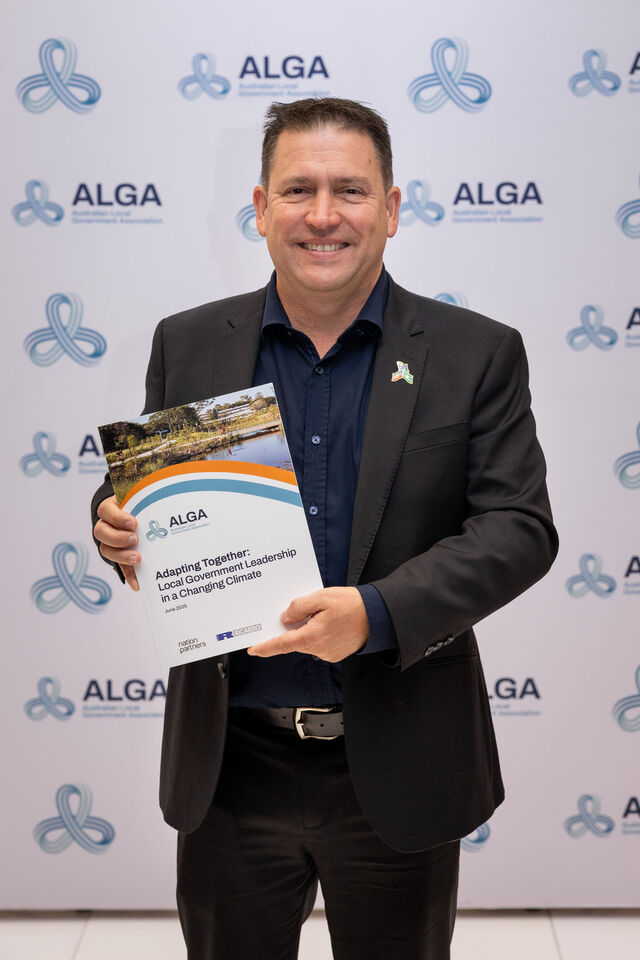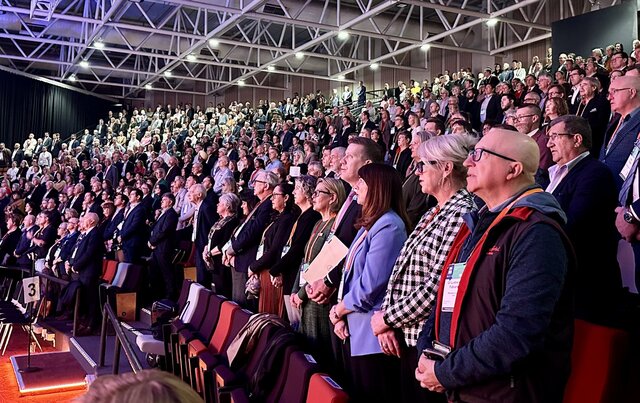It is in difficult economic times like these that there is a danger of a kneejerk response based upon expediency rather than priorities. Experience has taught that while there is a need to respond quickly in the event of a crisis, the longer term sustainability of organisations and their success is based upon decision making that is consistent with well thought out priorities.
This is particularly important for communities. Decisions taken now by councils to cope with a set of challenges can have significant and lasting impacts for communities. Similarly, decisions taken by the partners of councils can have a lasting impact.
Public sector organisations regrettably often take decisions in isolation from each other. This means that the solutions to common challenges pursued too frequently are suboptimal and can lead to opportunities for synergy being missed.
Local Strategic Partnerships (LSPs) are where the public, private and voluntary sectors come together within towns and cities. It is these partnerships that have the responsibility for the development of the Sustainable Community Strategies for the areas covered.
All LSPs should have a shared database of needs and be able to review the performance of the partners in contributing to the achievement of the Sustainable Community Strategy for the area. They cannot, however, make public sector organisations work together. They can only encourage them to do so.
It is for councils and their partners to grasp the challenges and opportunities of partnership working. The Sustainable Community Strategy is the context for doing this to enable their decision making to be put into context.
If ever there was a time for ensuring that the public sector was working in partnership it is now. Too frequently this partnership working is hampered by a lack of knowledge between partners of what individual organisations are actually spending within the area and the consistency of that expenditure with the priorities in the Sustainable Community Strategy.
Central Government is seeking to address this by the introduction of Local Spending Reports. It is proposed that defined public sector organisations will have to produce details of their spending within areas. It is consulting on the form and extent of these reports. In pursuing this initiative it is important that the amount of spending is relevant to communities represented by places rather than amorphous subregions and is capable of assessment in the context of the Sustainable Community Strategy. They must also aid holding public sector organisations to account for their expenditure and their success in acting as partners in responding to local community needs.
Currently the proposal is to produce Local Spending Reports containing data for the area covered. Communities will want to see not only the data for their areas in the context of local priorities/needs, but want comparative data, such as investment per capita both for their community and compared with similar communities.
Some public sector partners in some areas are not waiting for a Government requirement to produce Local Spending Reports but are actively trying to work together now.
It has to be hoped that those who aren’t will not act in isolation in response to the current economic challenges, and that they, and the communities they serve, come to regret it later.
*Malcolm Morley is Chief Executive of Harlow District Council and can be contacted via the Editor, email info@lgfocus.com.au The views expressed in
this article are not necessarily those of
his employer.







